Argentina - Gorge of the Condors National Park
Gorge of the Condors National Park, Argentina
High up on the hills about a 2 hour drive from the city of Cordoba is Quebrada del Condorito National Park (Gorge of the Condors National Park). The park was created in 1996 to protect the breeding cliffs of the Andean Condor and the associated ecosystems of the sierra.
On one of my last days in Argentina I had a chance to explore the park and walk to the famous gorge in search of condors. The landscape was unique… high elevation grassy pampa mixed with open rocky slopes similar to parts of California or perhaps the Okanagan region of British Columbia. The difference of course is that here in Argentina I did not see Rattlesnakes or Red-tailed Hawks. Instead I was on the lookout for Yarara (pitvipers) and Andean Condors.
One wildlife species that is common to both British Columbia and this region of Argentina (as they were in the Patagonia region of Chile and Argentina) is the Puma (Mountain Lion) and in fact they had signs warning hikers and campers to be on the lookout.
We trekked across the dry rocky ridge tops from the park visitor centre, through the scattered pampa, to the steep gorge, where you will find the cliffs where the condors nest. As we approached the cliffs, a park visitor looked up at us and pointed over to a large black bird perched on a rock, and said with a large grin, ‘condor’! I lifted my binoculars for a closer look and noted the pure black featherless head but saw no white markings on the back of the neck (the nape). “I think that is a Black Vulture,” I said. Condors are actually very large vultures and because the two species at times share similar habitats (like the cliffs of Condorito National Park) the Black Vulture is sometimes mistaken for a condor.
We sat on a large rock overlooking the gorge and scanned the cliffs. After only a few minutes, way down the steep slope a huge black bird with flat horizontally positioned wings, with white patches on top of the wings, came into view. We could see the white nape and its long finger-like primary feathers on the tips of its wings. Just the sheer huge size of the bird told us that this was an Andean Condor!
Weighing up to 15kg (32 pounds) and with a wingspan of over 3 metres (up to 10.5 feet) this is the largest flying landbird in the world. Because of their enormous size and weight they prefer to live in windy places where they can glide effortlessly on the wind currents. They also typically choose to nest on steep cliffs where to get airborne they can simply jump off, open their wings and glide away!
The Andean Condor is an Endangered Species with an estimated two to three thousand individuals left in the world. They are mountain birds and their range includes mountainous regions of Argentina, Chile, Bolivia, Peru and Ecuador. The Andes Mountains, South America’s longest mountain range, stretch for 7000 kilometres through all of these countries. In fact the Andean Condor is the national bird of a number of South American countries.
If you are interested in winning a prize, do a bit of research and find out which South American countries have the Andean Condor as their national bird. The first person to respond (to my email at dcatt@bcit.ca) with the correct answer will win a prize (which I will send when I return)!
Thanks for the message and for checking out the total number of condors in the National Park! I appreciate that!
Cheers, Danny
Danny,
I spoke with the Condor Foundation, and they told me there are about 300 condors in all the mountains near Córdoba, and in Condoritos National Park, thera about 50 living there that´s the highest capacity oft the quebrada.
Cheers,
T Alba
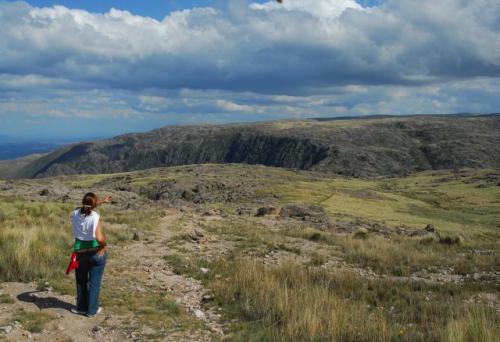
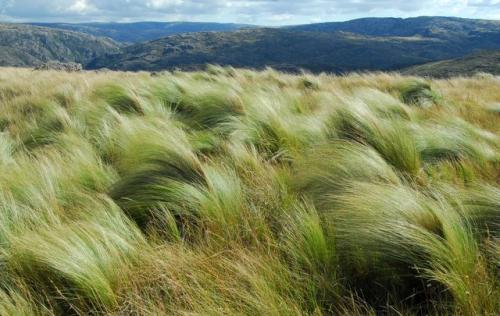
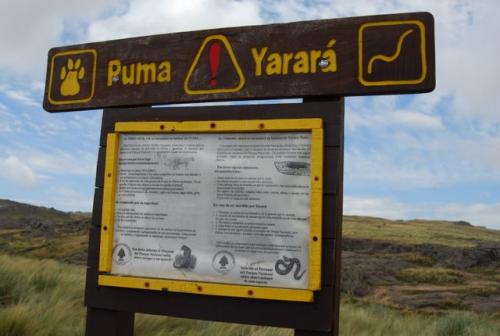
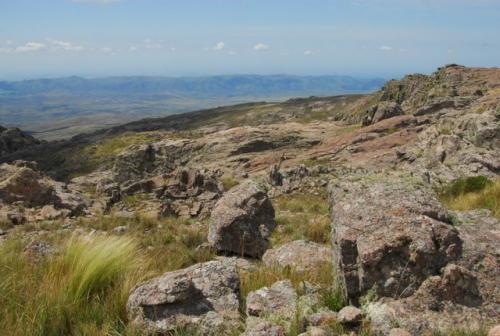
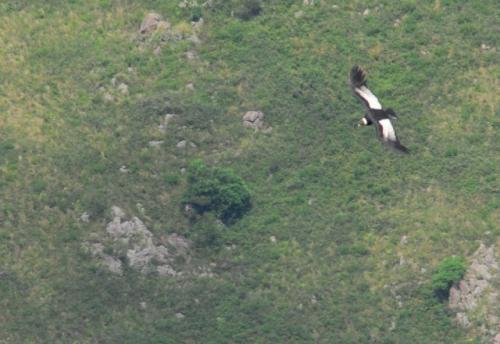
 Funded by TEK
Funded by TEK
Yesterday I was told there are 60 condors in Cordoba National Park, I will ask Manuel Nores and let you know.
:)T Alba